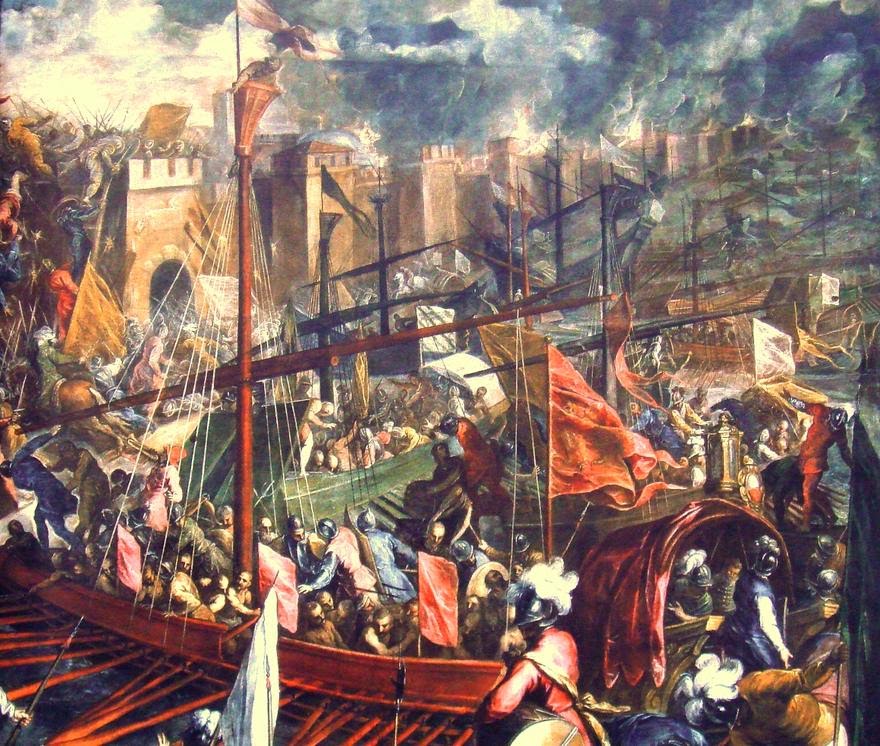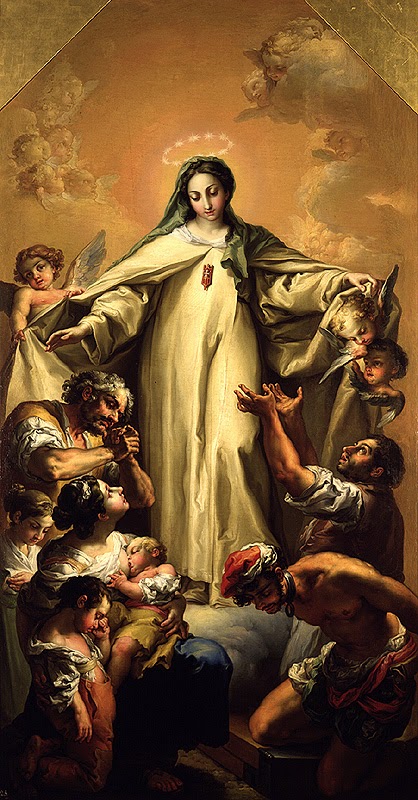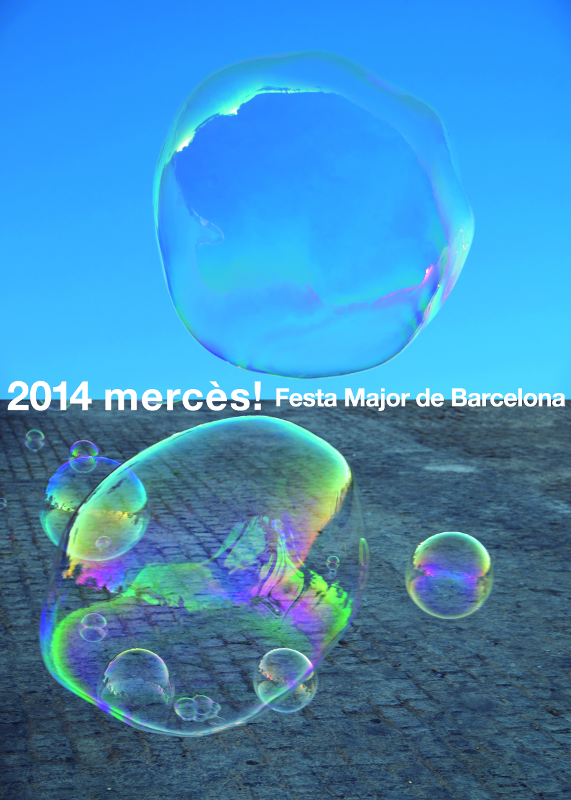The year is 1218. The Moor armies in the south of what is now Spain wanted to conquer the rest of the peninsula. Christian armies from the north were doing their best to stave off their determined attackers.
As with every war, prisoners were captured from both sides. Christians confined at the hands of Moor commanders. Moors manacled at the hands of Christian commanders.
 |
| A painting depicting a battle between Moors and Christians (photo courtesy of www.mrgrayhistory.wikispaces.com) |
Visions of Mercy: An Encounter With the Virgin Mary
Sometime during the night of September 24, the impossible — the unbelievable — happened. The king of the Christina armies Jaume I, his advisor Peter Nolasco (Pere Nolasc in Catalán) and another man named Raymond de Penyafort saw the Virgin Mary.
Her message to the war torn men — start a lineage of monks whose sole purpose is to free the captured Christians of the war.
 |
| A painting depicting the Virgin Mary of Mercy |
Wary of ignoring the visitation and certainly heartbroken over the capture of their fellow men, the trio obliged Mary. They started the Mercederian monks of Our Lady Of the Virgin Mary of Mercy. In Catalan, the native language of Barcelona, ‘mercy’ is ‘mercé’.
Surviving the Storm: The Journey to La Mercé
About 400 years later, Barcelona fell victim to a plague of locusts prepared to destroy the city. The people cast their hope upon the Virgin Mary of Mercy. The city prevailed. Barcelona did not fall to their winged invaders.
Several hundred years passed before Barcelona’s beloved Virgin Mary of Mercy received her papal recognition. In 1868, Pope Pious IX officially named her the patron saint of Barcelona.
The La Mercé festival began in 1871 but did not become the spectacle it now is until 1902 when an influential Catalán politician made Barcelona the model for Mercé festivals throughout Catalonia.
 |
| The official 2014 La Mercé poster |






